What’s the ROI of Automated Pallet Changing Machines in South Korea's Smart Sector?
Are you running a high-tech facility in South Korea? You probably feel the constant pressure to be faster and more efficient. Your production lines are likely state-of-the-art. But what about the end of the line? If you're still changing pallets by hand, you have a major bottleneck. This manual process is slow, expensive, and a serious safety risk for your team. It undermines all the high-tech investments you've made elsewhere. You are losing time and money where it's easiest to save it.
An automated pallet changing machine in South Korea's advanced manufacturing sector typically delivers a return on investment (ROI) within 12 to 24 months. This rapid ROI is driven by significant reductions in manual labor costs, a near-elimination of product damage during transfer, and a substantial increase in overall throughput by removing end-of-line bottlenecks.
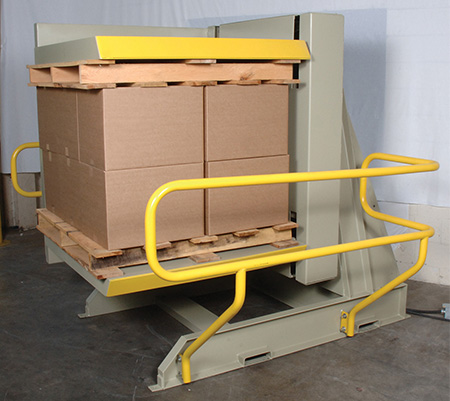
The numbers on a spreadsheet are a great starting point. But the true value of automation goes much deeper than that. As an engineer who has built a packing machine factory from the ground up, I’ve learned that the real wins come from looking at the entire system. Let's break down exactly how this investment pays off, from direct cost savings to the hidden benefits that create a truly resilient and smart operation.
How Do Automated Pallet Changers Directly Impact Operational Costs?
You watch your operational costs like a hawk. I understand that. Fluctuating expenses for labor, damaged goods, and even pallet management can erode your profit margins. Every month, you see these costs add up, creating uncertainty in your financial planning. You might think this is just the cost of doing business. But what if it's not? What if you could turn these variable, unpredictable expenses into a fixed, manageable investment that pays for itself?
Automated pallet changers directly impact operational costs by drastically reducing the need for manual labor, minimizing product damage during transfers, and cutting expenses related to pallet management. They allow you to easily switch from high-quality in-house pallets to cheaper, one-way shipping pallets, creating immediate savings.
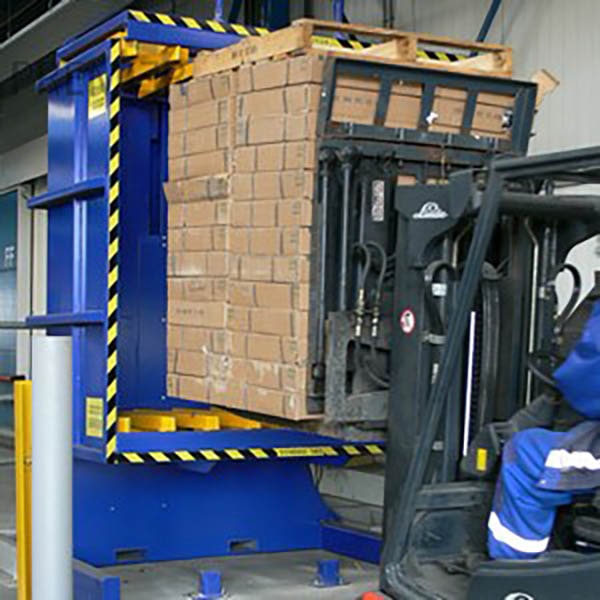
Dive Deeper: Breaking Down the Cost Savings
When I work with clients, like steel mill owners, their first question is always about the numbers. They need a clear, logical breakdown. So let's look at the three main areas where an automated pallet changer, sometimes called a pallet inverter, saves you money.
1. Labor Cost Reduction
This is the most obvious saving. A manual pallet changing operation often requires a team of two or three workers. They have to break down the stack, move the products, and then re-stack them on a new pallet. This is slow and labor-intensive work. In a high-cost labor market like South Korea, these wages add up quickly over three shifts. An automated pallet changer transforms this. It allows a single operator to manage the entire process, often overseeing multiple lines. The machine does all the heavy lifting. This doesn't just reduce your direct wage bill; it also allows you to reassign skilled workers to more value-added tasks within your facility.
2. Reduction in Product Damage
Manual handling is risky. No matter how careful your team is, there will always be accidental drops, scrapes, and impacts. When you're dealing with high-value goods, like electronics or pharmaceuticals common in South Korea's smart sector, a single damaged pallet can wipe out the profit from an entire shipment. A pallet changer handles loads with smooth, controlled, and repeatable motions. It clamps the load securely before tilting or inverting it. This gentle process virtually eliminates damage during the transfer. I’ve seen clients reduce their product damage rates from this specific process by over 95%.
3. Pallet Management and Rental Savings
Many companies use high-quality, expensive pallets for internal use in their automated warehouses. But you don't want to ship these valuable assets to customers. The cost of losing them is too high. An automated pallet changer lets you transfer goods from your expensive in-house pallet to a simple, low-cost export pallet just before shipping. This simple swap saves a huge amount of money over a year. It also eliminates the need to pay for pallet rental programs or manage complex pallet return logistics.
Here is a simple comparison:
| Metric | Manual Pallet Changing | Automated Pallet Changing |
|---|---|---|
| Labor Required | 2-3 Workers | 1 Operator (Supervisory) |
| Cycle Time per Pallet | 5-10 minutes | < 60 seconds |
| Product Damage Risk | Moderate to High | Extremely Low |
| Pallet Cost Strategy | Often ship on expensive pallets | Easily switch to low-cost pallets |
The evidence is clear. The investment directly attacks some of your most persistent operational costs and gives you control over them.
Can Pallet Inverters Really Boost Throughput in a High-Tech Facility?
Your factory is filled with incredible technology. Robots, high-speed conveyors, and smart sensors work together to produce goods at an amazing rate. But then everything comes to a screeching halt at the end of the line. A pile of finished goods waits for a manual team to slowly and carefully switch the pallets before they can be wrapped and shipped. This bottleneck is frustrating. It wastes time and makes your entire production line less efficient than it should be. The solution is to apply the same logic of automation to this final step.
Yes, pallet inverters can significantly boost throughput in high-tech facilities. By replacing a slow, manual task with a machine that can process a pallet in under a minute, you eliminate a critical bottleneck. This ensures a continuous, predictable flow of goods from production to dispatch, directly increasing your facility's overall capacity.
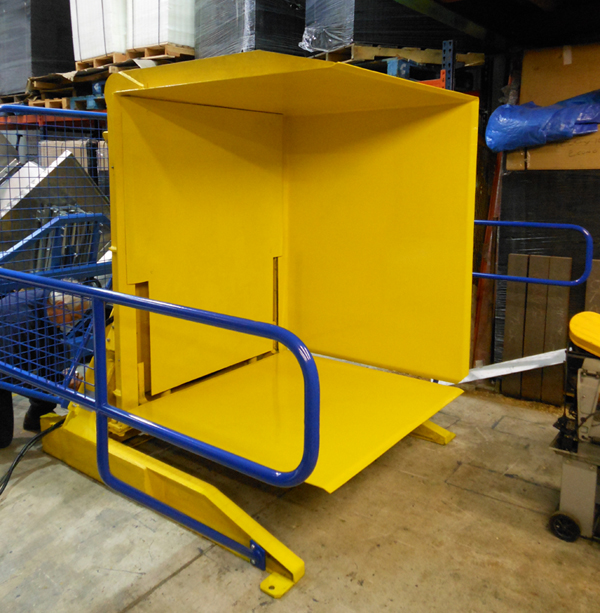
Dive Deeper: Unlocking Your Facility's True Speed
Throughput isn't just about how fast one machine works; it's about how smoothly the entire system flows together. A pallet inverter or changer acts as a bridge, connecting your fast production with your final packaging and logistics. Here’s how it boosts your throughput.
1. Eliminating the End-of-Line Bottleneck
Think of your production line as a highway. Your manufacturing machines are the parts where cars can go 120 km/h. But the manual pallet changing station is like a single-lane toll booth with a person collecting cash. It slows everything down. A pallet changer is like an automated, multi-lane electronic toll system. It processes loads so quickly that there is never a queue. In my experience with clients in the steel wire and coil packing industry, the end-of-line wrapping and handling is always a focus. A pallet changer ensures that the wrapping machine is never waiting for a product. This keeps the entire line moving at its designed speed.
2. Seamless Integration with Automated Systems
In a "smart" facility, machines need to communicate. A modern pallet changer is not a standalone island. It is designed to be integrated into a larger automated system. It can receive pallets from an Automated Guided Vehicle (AGV) or a conveyor belt. After it has changed the pallet, it can then feed the load directly onto an automated stretch wrapping machine. This machine-to-machine communication is at the heart of Industry 4.0. It creates a seamless, "lights-out" logistics flow that runs 24/7 with minimal human intervention. This level of integration is essential for meeting the high-efficiency demands of the South Korean market.
3. Providing Consistency and Predictability
Humans get tired. Their speed varies. A machine does not. It performs the same task in the same amount of time, every single time. A pallet changer that processes a load every 60 seconds gives you a predictable output of 60 pallets per hour. This predictability is golden for production planners and managers. You can accurately forecast your daily output, schedule transportation, and promise delivery dates to your customers with confidence. This removes the guesswork and variability associated with manual labor, leading to much smoother and more reliable operations.
What Hidden Benefits Do These Machines Offer Beyond Simple ROI Calculations?
When you consider a major equipment purchase, it's natural to focus on the financial ROI. You calculate labor savings and damage reduction, and you get a clear number. But you might be overlooking some of the most powerful benefits. What is the cost of a serious workplace injury? Or the damage to your brand from a single quality failure? These "soft" benefits are harder to quantify, but they are critically important to the long-term health and success of your business. A strategic leader looks beyond the initial numbers.
Beyond the direct ROI, automated pallet changers offer significant hidden benefits that create a more resilient and modern workplace. These include vastly improved worker safety by eliminating strenuous manual lifting, enhanced product quality by ensuring gentle and consistent handling, and better utilization of expensive warehouse space.
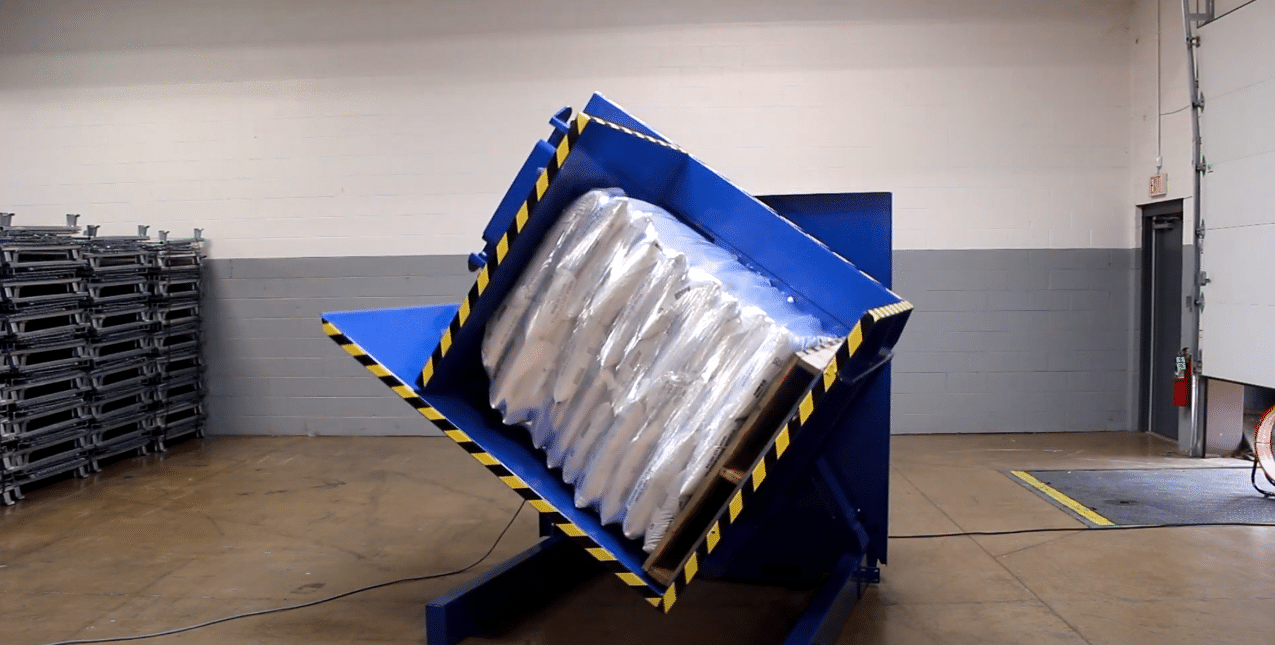
Dive Deeper: The Strategic Value of a Smarter Workplace
From my journey of starting as a factory employee to running my own company, I've learned that a successful business is built on more than just profits. It's built on a safe environment, a reputation for quality, and operational excellence. Here’s where a pallet changer provides strategic value.
1. Enhanced Ergonomics and Worker Safety
Manual pallet handling is one of the most physically demanding jobs in a factory. It involves repetitive bending, lifting, and twisting with heavy loads. This leads to a high risk of musculoskeletal injuries, which are a leading cause of workplace absences and compensation claims. By automating this task, you eliminate the physical strain on your employees entirely. This has a massive positive impact. It reduces injuries, lowers insurance premiums, and improves employee morale. Showing your team that you are investing in their safety builds a stronger, more loyal workforce. This is not just good ethics; it is good business.
2. Improved Product Integrity and Quality Control
A machine is consistent. It applies the same pressure and uses the same motion every time. This protects the integrity of your product and its packaging. For industries like food and beverage or pharmaceuticals, this is essential for hygiene and compliance. You can't have hands touching the product. A pallet changer also offers a unique quality control opportunity. When a load is inverted, it gives you a clear view of the bottom of the stack, which is normally hidden. This allows for a quick inspection to check for damage or leaks before the product is shipped to the customer. This commitment to quality builds trust and protects your brand reputation.
3. Optimizing Valuable Warehouse Space
In a dense industrial market like South Korea, every square meter of your facility is valuable. Pallet changers can help you optimize this space. For example, you can receive goods on one type of pallet and immediately transfer them to more space-efficient storage pallets. Or, you can use a pallet remover to create pallet-free stacks of goods like bags or boxes, which can be stacked more densely. This flexibility allows you to use your warehouse and production space more intelligently, potentially delaying the need for expensive expansions.
Why is a 'Total Solution' Mindset Crucial When Investing in Pallet Changers?
You’ve decided to invest in an automated pallet changer. You've researched models, compared prices, and you're ready to buy a machine. But this is where many people make a critical mistake. They see the machine as a single piece of hardware, a standalone box that will solve one specific problem. This narrow view is dangerous. An isolated machine that doesn't fit with your overall process can create new bottlenecks and frustrations, failing to deliver the results you expected.
A 'total solution' mindset is crucial because a pallet changer is not an isolated device; it is a critical link in your entire packaging and logistics chain. True efficiency and ROI come from integrating it seamlessly with your upstream and downstream equipment, like conveyor systems and pallet wrapping machines, as part of a holistic system.
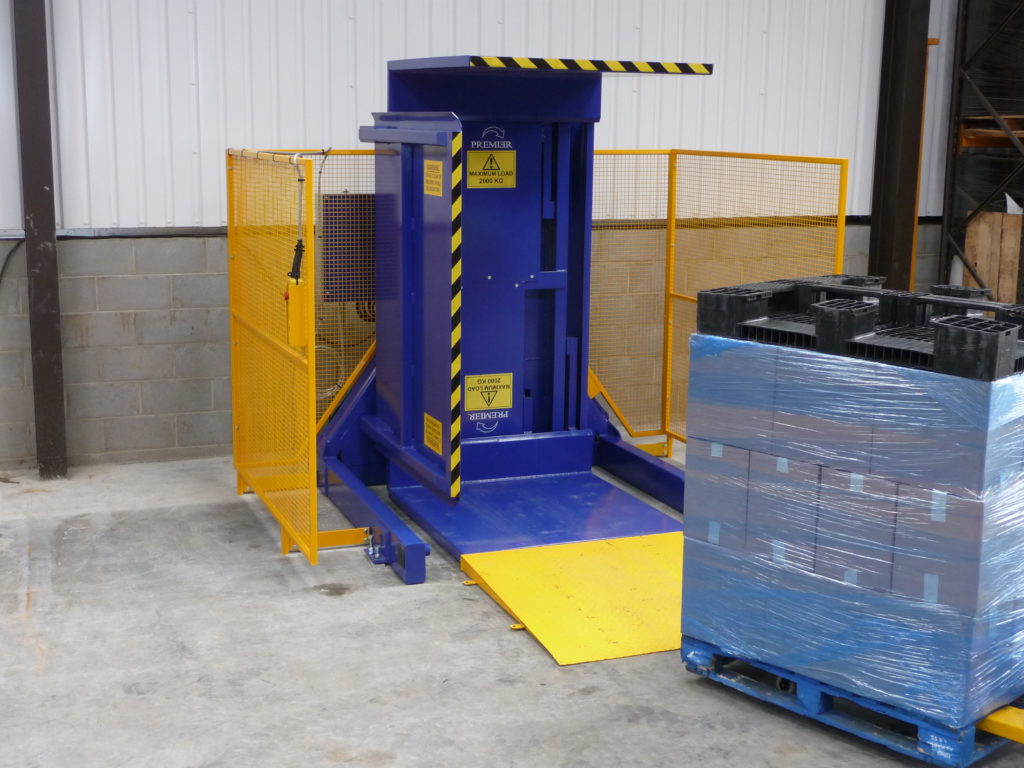
Dive Deeper: My Perspective as an Engineer and Business Owner
This is the most important advice I can share, and it’s the foundation of my company, SHJLPACK, and our slogan: "TOTAL SOLUTION FOR WRAPPING MACHINE." I learned this lesson through years of experience, both on the factory floor and in helping my clients succeed.
1. Looking Beyond the Individual Machine
Early in my career, I saw a factory invest a lot of money in a very fast production machine. But they didn't upgrade their packaging line. The result? A huge pile of products stacked up, waiting to be wrapped. They had just moved the bottleneck from one place to another. A pallet changer can have the same problem. If you buy a pallet changer that can process a pallet every minute, but your stretch wrapper takes three minutes, you haven't gained any overall speed. You have only created a new waiting area. You must look at the entire flow of materials, from the moment a product is finished to the moment it is loaded onto a truck.
2. The Critical Importance of Integration
A total solution means thinking about how all the parts work together. The outfeed of the pallet changer must match the infeed of the stretch wrapper. The safety systems must be linked. The control panels should communicate. I once helped a client, a steel company owner much like Javier, who was looking at a pallet inverter for his wire coils. He was just focused on the machine itself. I asked him, "What happens after the pallet is changed? Where does the coil go? How is it wrapped and labeled?" We ended up designing a system where the pallet changer fed directly into an automatic orbital wrapping machine. The entire process was integrated. That is how he achieved his goals of higher throughput and lower costs.
3. Finding a Partner, Not Just a Supplier
A supplier sells you a box. A partner helps you succeed. A true partner will take the time to understand your unique challenges, your product, and your facility layout. They will not just sell you a machine; they will help you design a solution. They will be there for installation, training for your team, and provide support years down the road. This is why I started my knowledge-sharing platform. After the industry gave me so much, I felt a duty to give back and share my expertise. When you are looking for equipment, find someone who wants to build a long-term relationship. Find a partner who is invested in your success. That is the essence of a 'total solution'.
Conclusion
Investing in an automated pallet changer is more than a cost-saving measure. It's a strategic move towards a safer, faster, and more resilient automated logistics system for your facility.



